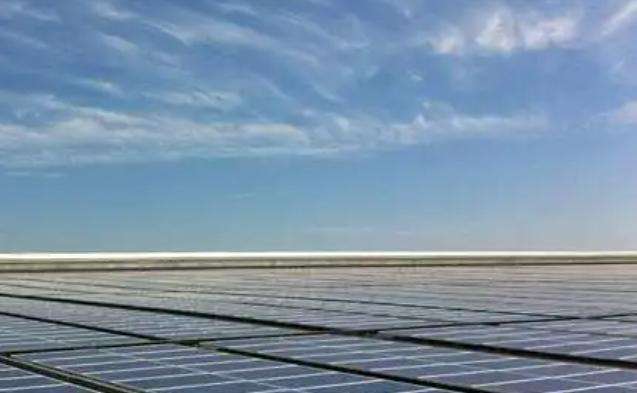1. Wind energy was stopped because its harm to the environment was far greater than the economic benefits it produced, and it was even less environmentally friendly. The harms include:
2. Wind power generation will harm the local ecological environment, destroy vegetation, change the topography, cause soil erosion and desertify the land.
3. The electromagnetic radiation produced by wind power generation affects human habitation. In wind power generation systems, generators, substations, transmission lines, etc. are the main causes of electromagnetic radiation. When the receiving device attached to the wind power plant receives the signal, it will receive the electromagnetic wave signal reflected by the wind turbine blades. Reflected signals are lagging signals that can have a significant impact on AM radio systems.
4. Wind power affects local climate. Wind power uses wind energy in the atmosphere. According to the law of conservation of energy, the consumption and production of one type of heat must produce or consume another type of energy. Therefore, the power generation process of wind turbines must consume part of the wind energy in the atmosphere, and wind energy is a climate change One of the important factors of change, its changes will inevitably bring about climate changes.
5. Wind energy blades are prone to safety accidents. When the wind turbine blades are subjected to strong winds of more than 25m/s, although the wind turbine is in a shutdown state, due to the bending moment and Torque, shear strength, and extrusion strength are limited. In severe cases, the entire blade may fly out, causing casualties and building damage on the road.
6. Noise hazards caused by wind power generation. For such a large wind turbine, when the long blades rotate, the noise is inevitable. The noise of wind blades can be roughly divided into three categories: thickness noise, which is produced by the compression of air and blades. In windy weather, when the doors and windows are closed, do you often hear a sharp and harsh sound, which feels like a ghost crying or a wolf howling? , coupled with the gloomy sky outside, it’s a bit scary to think about it; load noise, as the name suggests, is caused by the blades bearing a large load; impulse noise is generated when the Mach number is close to 1. In this way, the impact of noise on the environment cannot be ignored.
What is the direction of rotation of the wind blades in commonly seen wind turbines?
The cross-sectional airfoil of the wind turbine blades is very similar to the airfoil of an aircraft wing. The principle is also very similar. When the airflow flows from the wing tip and flows through the upper and lower surfaces of the blade respectively, due to the unequal areas of the upper and lower surfaces and the unequal airflow speeds, a pressure difference is generated on the upper and lower surfaces, which forms lift. The lift force can be decomposed according to two directions, parallel and perpendicular to the blade rotation plane. The force in the parallel direction makes the blade rotate, and the force in the vertical direction makes the blade bend backward. In practice, we can see that the tips of the blades in operation are curved.
Wind turbineshave pitch and yaw systems. The pitch system can adjust the windward angle of the blades when the wind speed changes, so that the impeller The rotation speed reaches the best and the maximum engine speed is reached.Motor power; the yaw system can adjust the windward angle of the impeller and the nacelle when the wind direction changes, so that the impeller always works in the wind direction.
1. The cabin will change with the change of wind direction.
2. The nacelle and the impeller are mechanically connected together. When the wind direction changes, the impeller and the nacelle will remain perpendicular to the wind direction.
3. Changes in wind direction will not affect the output of the generator. Only when the wind speed changes will the output powerof the generator be affected.














